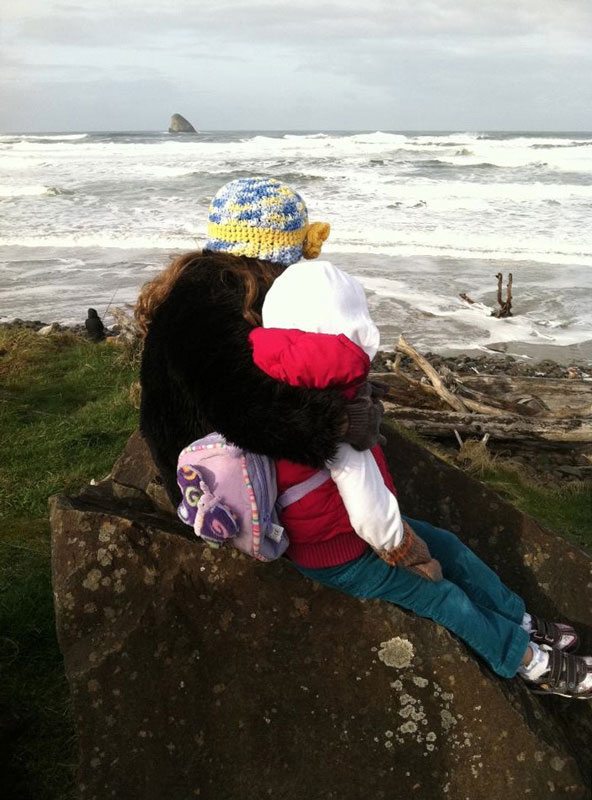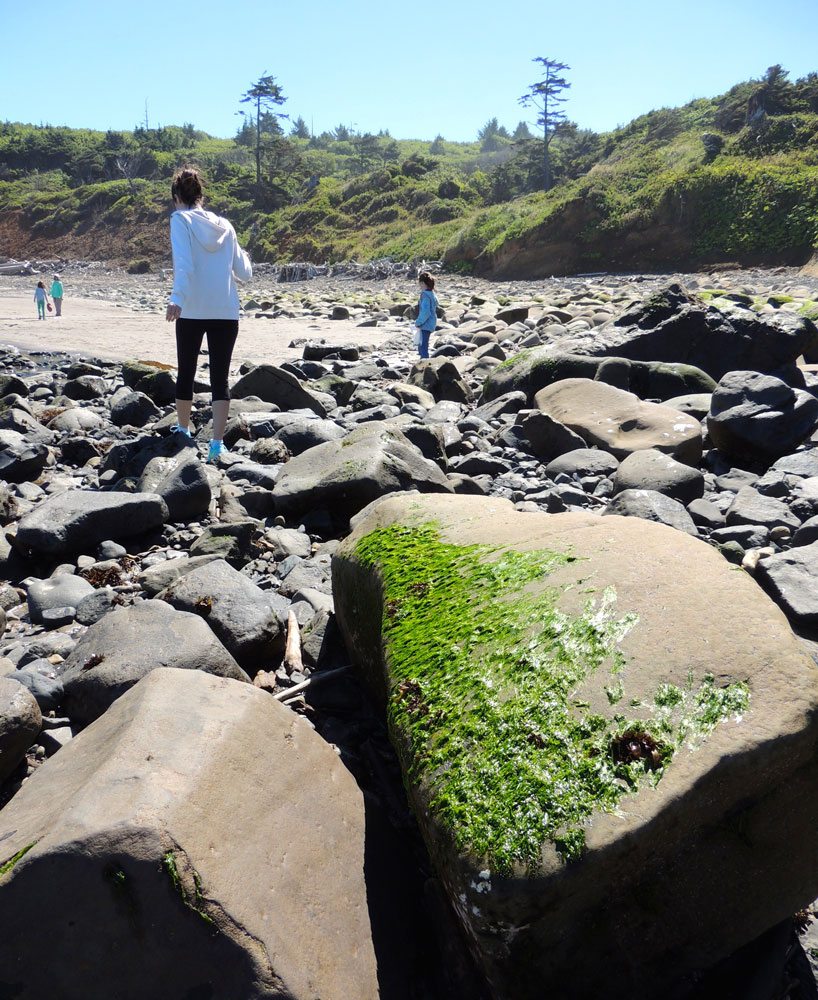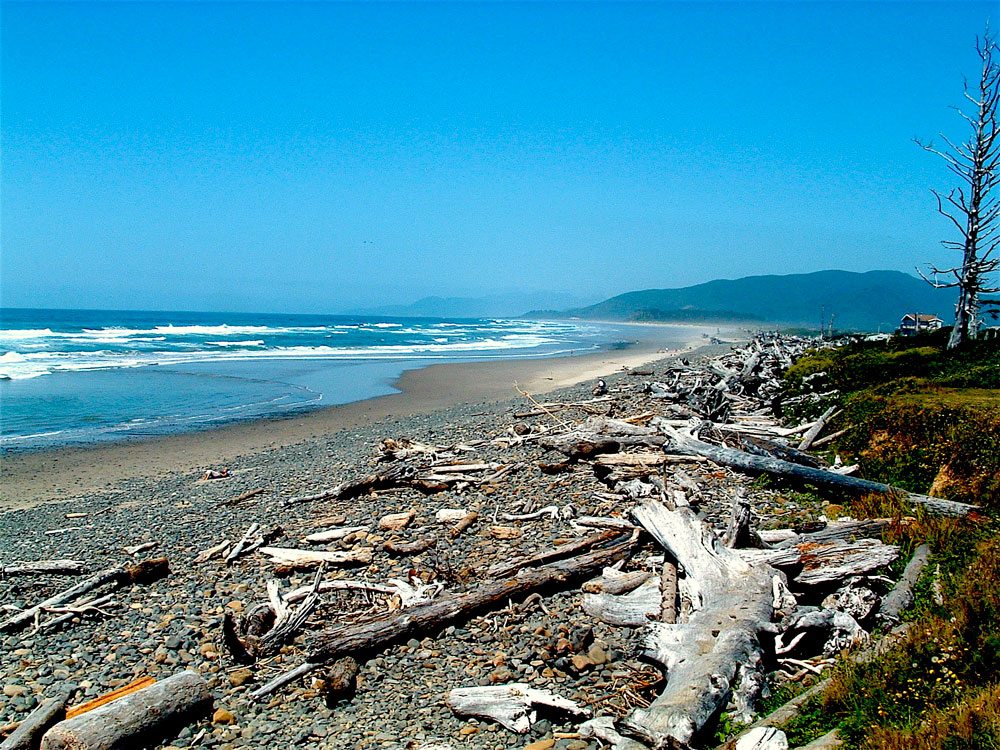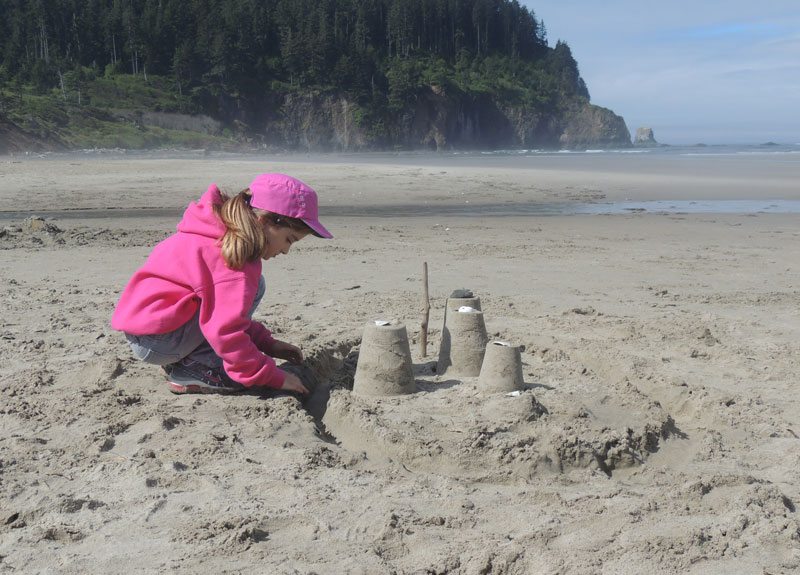Tillamook Coast Life Blog
Have fun. Be safe. Tips for playing it smart on the Oregon Coast
Those who have grown up on the Oregon Coast know beach safety like the back of their hand; it’s natural instinct to watch the waves at all times. If you are visiting coastal Oregon, however, you may not be as familiar with these safety practices.
Know the Tides
Do you read your tide table? Our family never steps foot in the ocean on an outgoing tide; we’re the cautious kind. When I was a child and visiting the beaches along the Oregon Coast, if my parents let me go in the ocean—which would only be up to my ankles—it was on an incoming tide.
Let’s say, for example, that the tide table indicates high tide is at 10 a.m. That means that after 10 a.m., the tide will be going out. If the low tide is 4 p.m., then after that time, the tide would be coming in.
Tide tables pertain to specific areas so you’ll want to get the local tide table. You can look for them at nearby stores. In Tillamook, they are found at Rosenburg Builders Supply, Kimmel True Value, Tillamook Sporting Goods or Fred Meyer, among many other places. There are tide apps, as well. I use “Tides Near Me,” a free app, which has an overall 5-star review rating.
Keep in mind, too, that while tide pools are fascinating, if you are exploring them during an incoming tide, the waves could come right up behind you! Never turn your back to the ocean. Study your tide table and stay alert!

Sneaker Waves
Sneaker waves appear suddenly and can knock you down, dragging you out to sea. That’s why it is best to never turn your back on the ocean. Keep an eye toward the water. A woman visiting Rockaway Beach a few years ago captured a sneaker wave incident, which was published on YouTube with the cautioning message: “Don’t become a statistic.”
Riptides
The Pacific Ocean is known for big, beautiful waves; with the waves come strong currents. Riptide currents rush out to sea and can overwhelm even the most experienced swimmer, as one did recently when a young man was washed out to sea in a rip current near the Tillamook Bay. Fortunately, this man was found alive and retrieved by the U.S. Coast Guard stationed at the Tillamook Bay.
Riptides form with breaking waves and contain noticeably sandy, muddy water; some may look like a “river of foam” and contain floating debris; others could be quite choppy. If you are caught in a rip current, remember these four things:
- Stay calm and do not fight the current.
- Swim parallel to the beach until you are out of the dangerous current.
- Once you are free, turn and swim toward shore.
- If you cannot make it to the shore, tread water, wave and call for help.
Climbing on Cliffs and Rocks
Ocean spray and rain make rocks, jetties, and trails slippery and unsafe. Do not tread past safety fences and stay away from cliff edges, as the ground could give way. In addition, do not climb on rocks in the ocean, even near shore, when tides are coming in. This is true for your dogs, too. They are as vulnerable to slipping as you are.

Logs by the sea
I remember a story my dad told me about playing on a log by the ocean when he was a young boy visiting the beaches of Oregon. A sneaker wave came up and lifted up the log that he was walking on, causing my dad to fall into the water. Just as the log was coming to roll over his body, my grandfather lifted him up by his shirt collar and saved him.
Walking on a log may look like fun, but a wave can pick up and roll that log, suddenly trapping you beneath in the water. Avoid logs near the ocean, particularly during incoming tides.

Digging caves, holes into sand
Behind the beaches, you will often find cliffs made of sand. Kids like to dig tunnels there, but the tunnels can collapse, possibly trapping the children. The same goes for digging holes in the sand on the beach. Stick to building sand castles.

Adventure awaits on the Oregon Coast. Set foot on the beach thinking safety first; your memories will be a whole lot sweeter.

